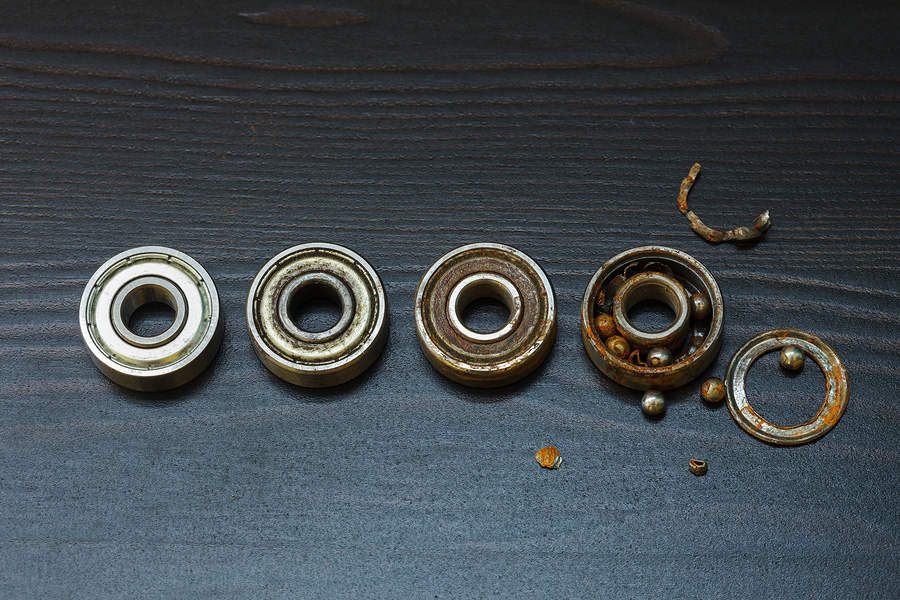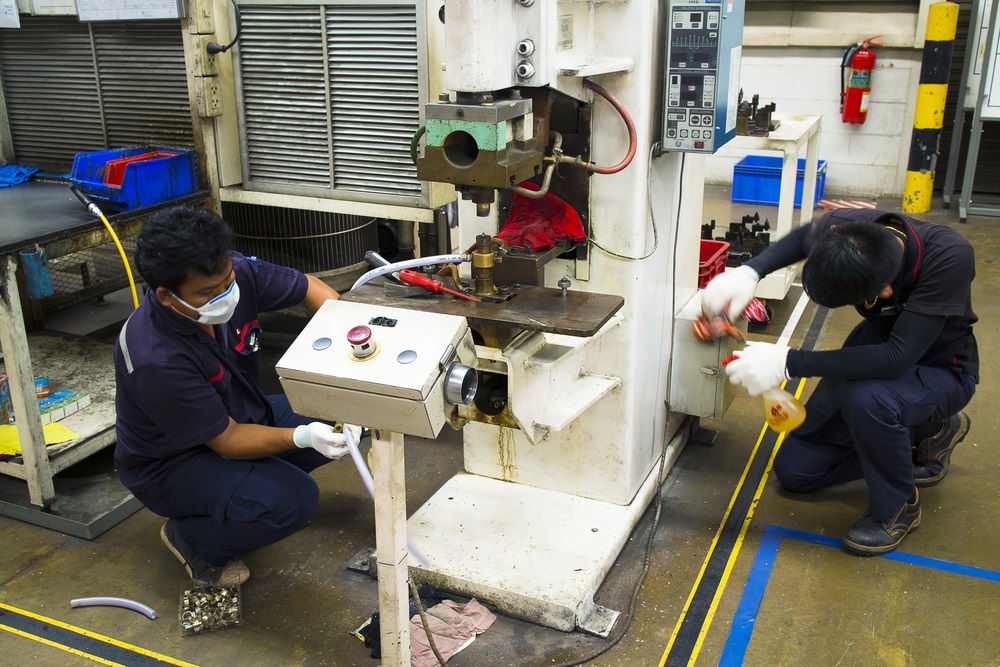A common dilemma manufacturers face is whether they should repair broken machines or replace them with new equipment. A traditional rule of thumb is the “50%” rule, which states you should replace if the repair cost is more than 50% of the replacement cost.
But that begs the question: Does replacement cost refer to similarly used equipment or brand-new equipment? Also, the rule — when applied solely to price, as it often is — doesn’t encompass other relevant factors.
Considerations beyond cost
Business leaders often instruct employees to repair rather than replace, unless machines meet specific conditions.
- The equipment is nearing the end of or has lasted beyond its expected life.
- Risks if equipment fails are too high to be acceptable.
- The equipment was not performing acceptably to begin with and mechanics can’t correct the issue.
- New equipment needs to be capable of more than the broken equipment was.
- The broken equipment is technologically obsolete.
- The broken equipment poses security, health, safety, or environmental risks that will cost more to mitigate than the life cycle replacement cost.
And, of course, don’t repair if the fix would cost more than the replacement.

How to truly compare costs
You should apply the Equivalent Annual Cost (EAC) metric to repair versus replacement cost comparisons. EAC is based on the net present value concept, but, instead of present value, it measures “present cost,” which is usually more relevant to production equipment than a cash flow measurement.
Generally, if the EAC of repair is lower than the EAC of replacement, you should make the decision to repair and vice versa. Very often — despite desire for new equipment — EAC reveals that repair is clearly the better option.
Unfortunately, for decision-makers, determining cost is not as simple as considering price alone. The factors mentioned above also involve costs, including the potential to reduce costs and increase product value through greater efficiency. You need to include all costs, including training employees to use new equipment, and cost savings, like reduced downtime due to new equipment, in your EAC comparison.
Businesspeople usually consider repair costs expenses for accounting purposes while replacement costs are typically capitalized. This means that repair versus replacement can have significant impacts on financial reporting, credit lines, and taxes. Occasionally, the decision does come down to cash flow. Even if replacement will cost less in the long run, it will cost less now in most cases — and that can be the best determinant of all.
